Lisbon Hidden Gems
Like every splendid capital city, Lisbon comes with an obligatory to do list. From its grand squares to St. George’s Castle on its highest point, Lisbon presents you with a set of glistening jewels and azulejo clad buildings. You’ll undoubtedly be dazzled.

National Tile Museum
Best Lisbon restaurant for: impeccable flavors
It boasts a dramatic setting, housed in an ancient 16th century convent, the Madre de Deus, built in the Manueline style. The convent church is a glittery Baroque showstopper with a Rococo altarpiece.
The convent cloister is less showy but more serenely beautiful. Blue and white azulejo tiles panels are everywhere.
Inside this hidden gem museum, every inch is covered with azulejos. The exhibits are arranged chronologically from the Moorish-influenced tiles of the 16th century to abstract designs of the 20th century.
The piece de resistance is a 75-foot-long panel depicting Lisbon as it existed before the great earthquake of 1755.
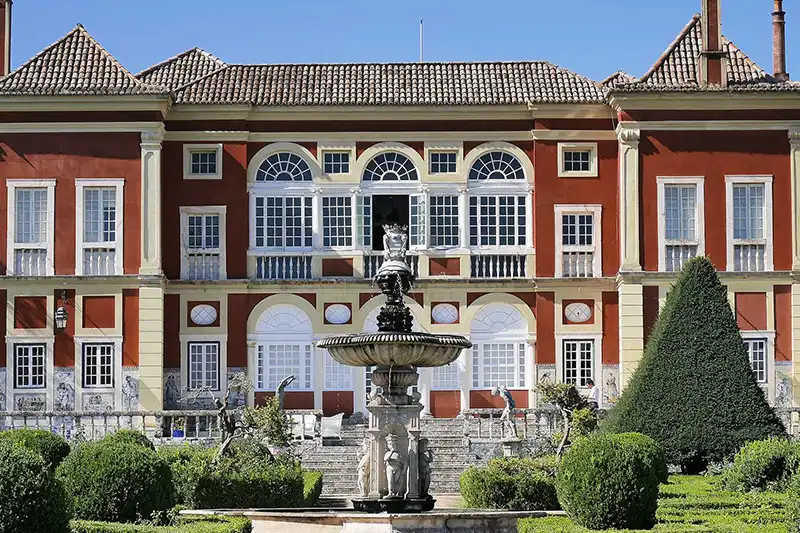
Palace of the Marquesses of Fronteira
Located just outside Lisbon’s historic center, and far from the madding crowd, lies the simply gorgeous 17th century Fronteira Palace.
It was built in 1640 as a swishy summer pad for a nobleman, D. Jaoa Mascarenhas, the 1st Marquis of Fronteira. And the current marquis still lives there.
The palace’s Room of Battles is sometimes described as “the Sistine Chapel of Tilework.” It depicts scenes from the Restoration War, the battle for Portuguese independence against the Spanish.
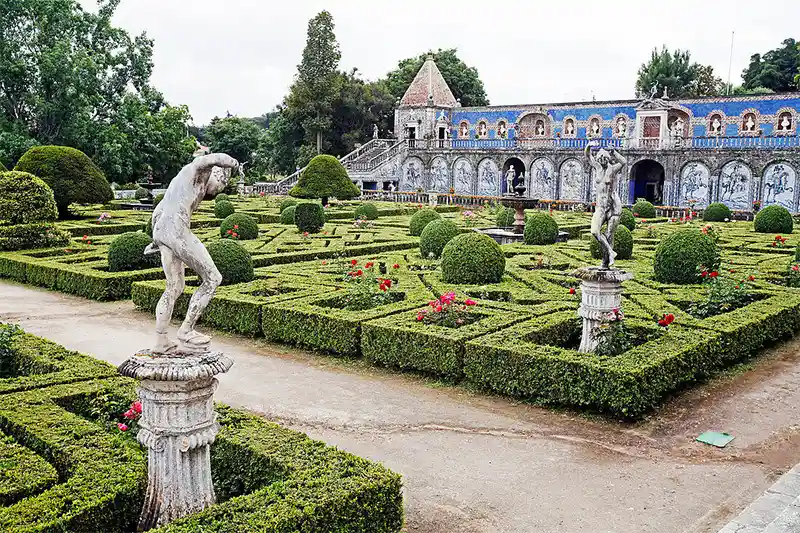
Quinta dos Azulejos Garden
The 18th century Quinta dos Azulejos Garden is a true Lisbon secret hidden gem. It’s so hidden that no one’s there. And it’s not in any guide books.
You’d have to dig deep for Quinta to be on your Lisbon radar. As a result, the garden’s an oasis of peace and tranquility, with the heady scent of jasmine wafting romantically in the air as an added bonus.
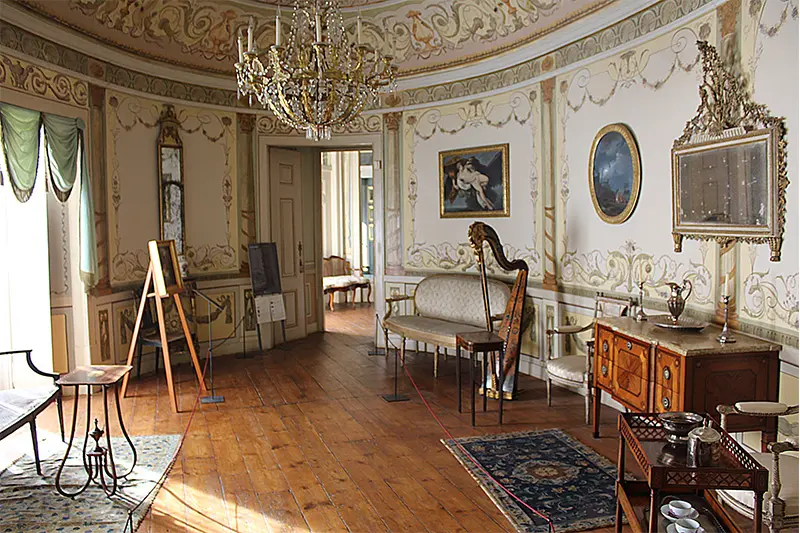
Museum of Decorative Arts
The petite 17th century Azurara Palace houses the luxurious Alfama Museum of Decorative Arts.
Besotted with strolling the medina-like lanes of the lively Alfama neighborhood, most people skip this stop. But I have a fondness for smaller museums, as you can tell from my blog.
This sweetbox is a house-museum that groans with blingy treasures. It displays the private decorative arts collection of Ricardo Ribeiro do Espírito Santo Silva. He was a nobleman and well-known art collector from the 20th century.
The outside isn’t too impressive. Inside, however, it’s one of Lisbon’s hidden gems.
It showcases carved wood furniture, tapestries, paintings, and china — all in the style of Versailles. It’s a microcosm of how Portuguese nobility lived in the 17th and 18th centuries.

Street Art of Bordalo II
Lisbon is now a city renowned for its street art. One of its most famous sons is Bordalo II, who plays in the trash.
Bordalo II is known for creating works of art from “waste” as a statement on the impact of consumerism.
He subscribes to the view that “one man’s trash is another man’s treasure.”
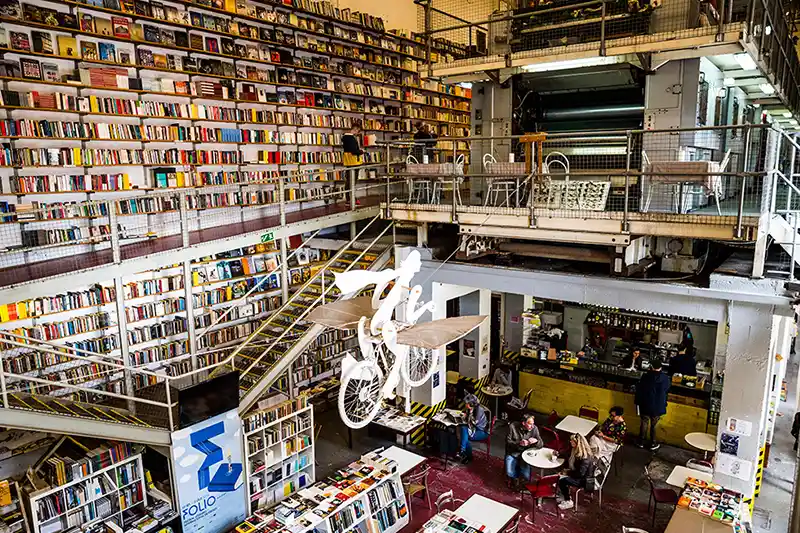
Ler Devagar Bookstore at LX Factory
Livraria Ler Devagar, which means “slow reading, “is considered one of most beautiful bookstores in the world. It’s in Lisbon’s hipster LX Factory.
This is a former industrial complex turned artistic hub. It’s located under the 25th of April Bridge. If you’re not a hipster, it’s also a great spot for bibliophiles like me.
There are books crammed floor to ceiling in the three-story bookstore, with a few bars tucked in for good measure.
Check out the antique printing press doubling as a column and a bicycle flying from the ceiling. You can have a coffee and cozy up with a good book. Or chat with friends at one of the bookstore’s many tables.
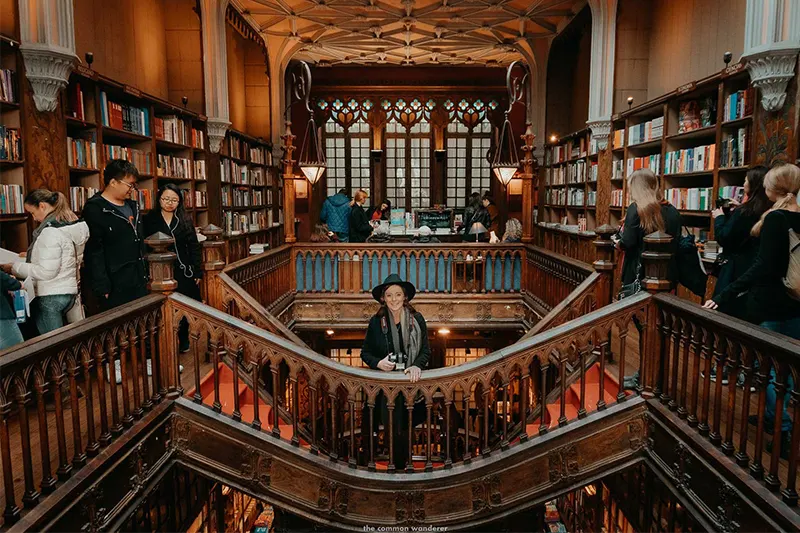
Livraria Bertrand
Livraria Bertrand is the world’s oldest bookstore. It’s tucked away in Lisbon’s Chiado neighborhood.
I was rather enchanted by Chiado with its lovely cafes, chic art galleries, and tony boutiques. It felt like a miniature Paris to me.
Livraria Bertrand opened its doors in 1732. It was destroyed by the 1755 earthquake, but rebuilt in its current location.
Books are everywhere, tucked into odd shaped nooks. There’s an ancient magic to its walls and vaulted ceilings. And it’s not oppressively crowded like the more famous Livraria Lello in Porto.
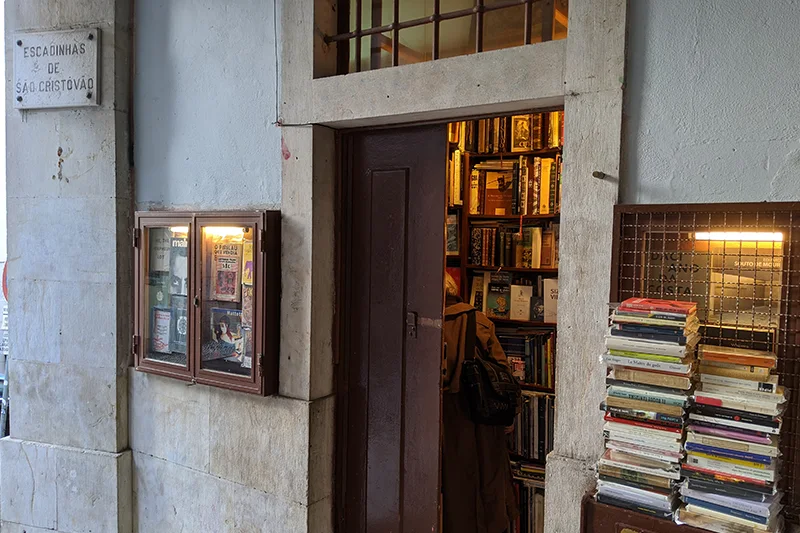
Livraria Simão
Continuing on the bookstore theme, Lisbon also has one of the world’s tiniest and most whimsical bookshops, Livraria Simão.
Only one person can fit inside it. Despite its diminutive size, there are 4,000 books. Most of them are in Portuguese, but there are some in other languages.
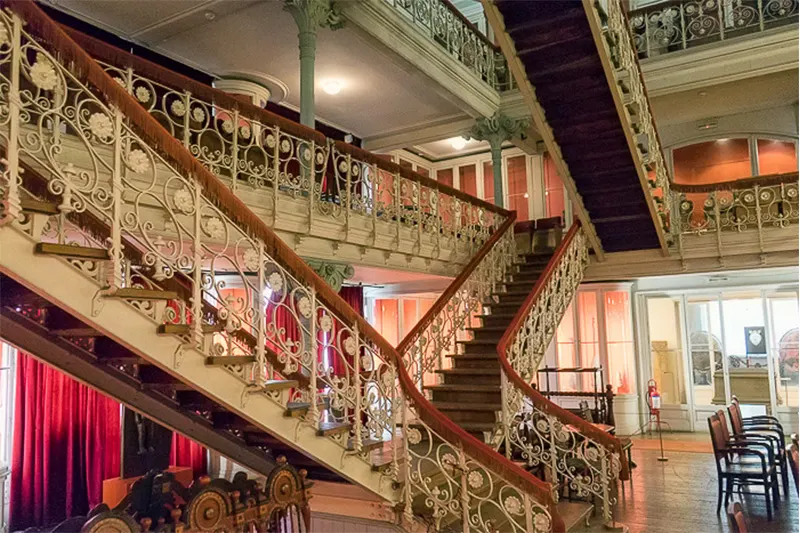
The Geographical Society of Lisbon, Portugal Room
History buffs will enjoy this secret and rather eccentric site. Founded in 1875, the Geographical Society of Lisbon is the research nest and unofficial scholarly headquarters of Portugal’s Age of Discovery.
The Portuguese were accomplished sailers. This museum is an ode to their colonization and expansion efforts.

Miradouro da Graça
Lisbon’s true beauty lies in its laid-back artistic ensemble more than any specific sites. Among other things, Lisbon boasts 30+ miradouros with dramatic sweeping views.
The most popular miradouros can be over-touristed. Instead, head to Graça, a funky neighborhood adjacent to Alfama. It’s off the usual tourist track and has an authentic local flavor.